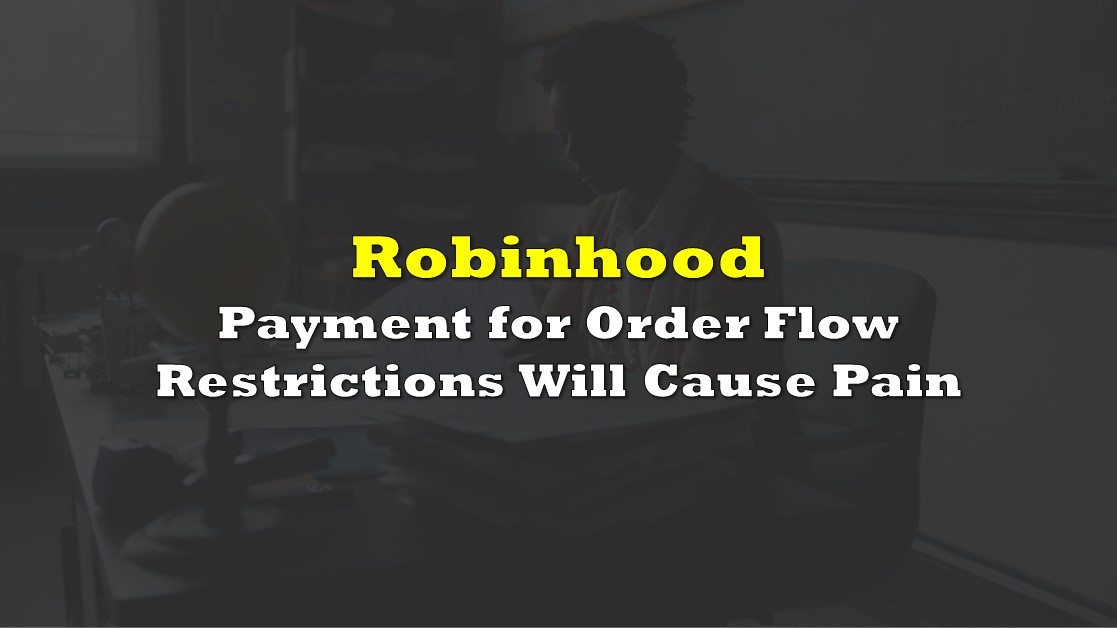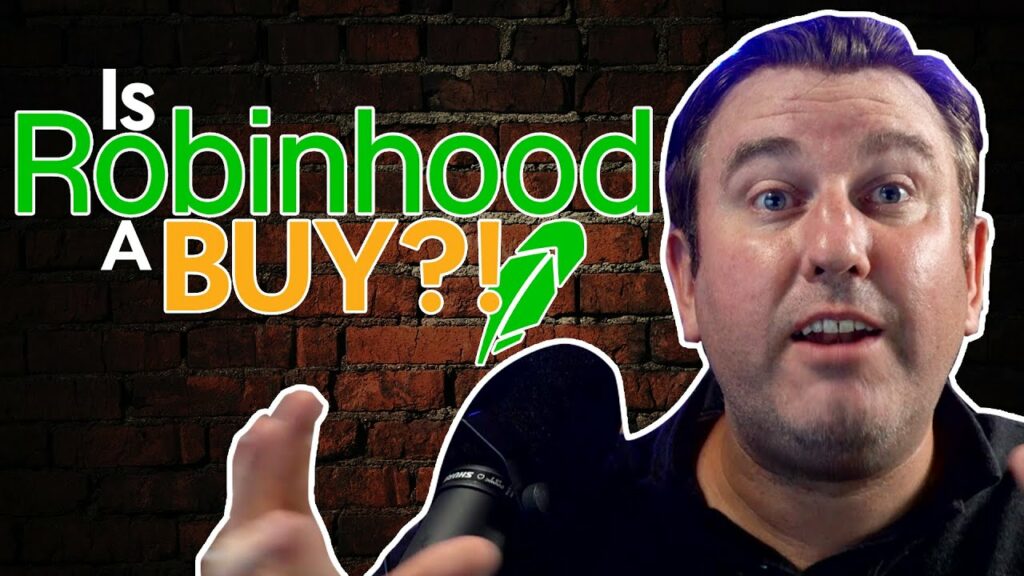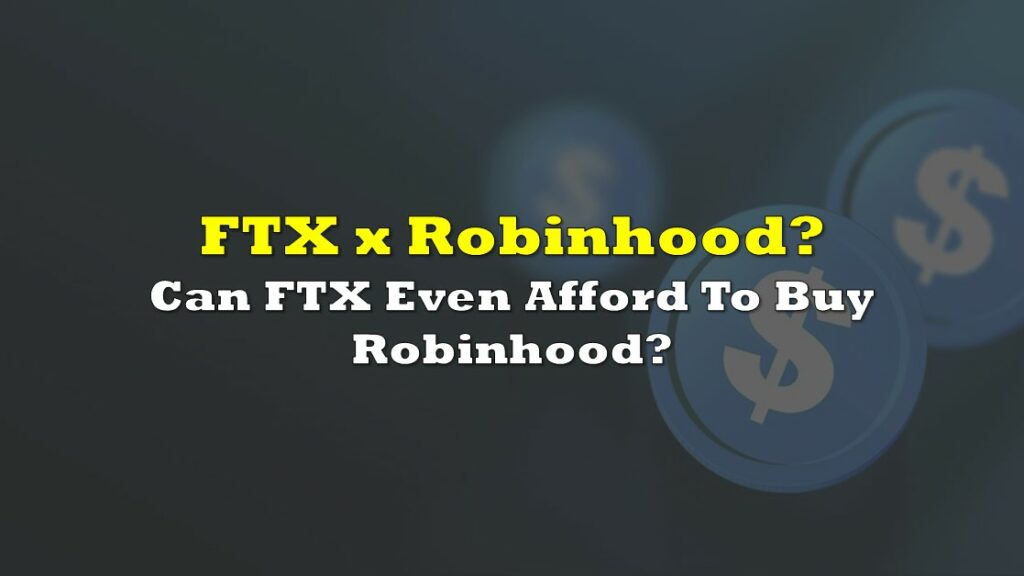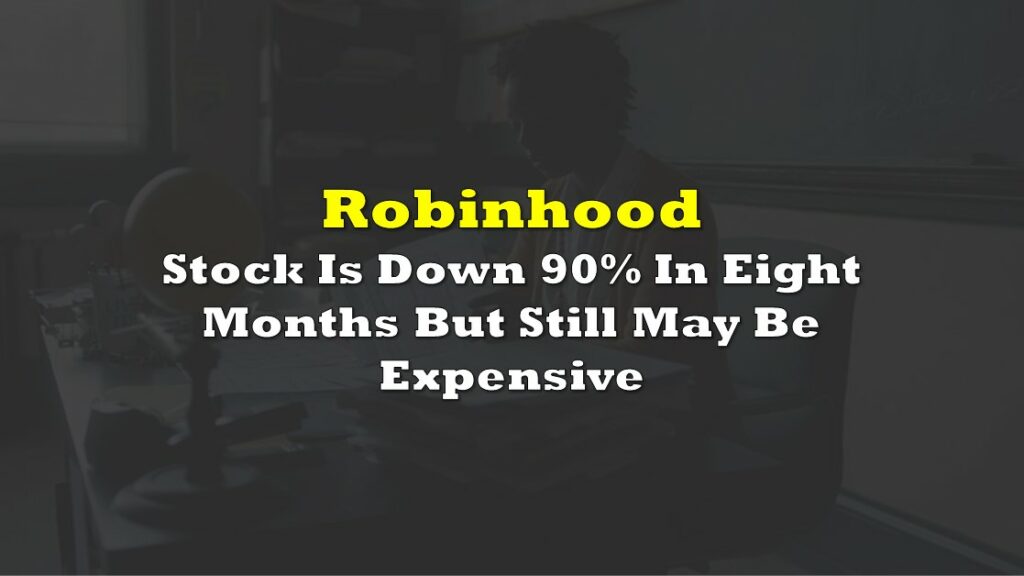After the markets closed on February 8, Robinhood Markets, Inc. (NASDAQ: HOOD) announced 4Q 2022 results which were about in line with analysts’ forecasts. The company reported 4Q 2022 diluted EPS of (US$0.19) versus expectations of (US$0.15). A mistake processing a trade hurt Robinhood’s earnings in the quarter by US$0.07 per share.
Helped by another jump in net interest revenue, a non-trading source of revenue, Robinhood’s adjusted EBITDA was positive US$82 million in 4Q 2022, its second successive quarter with positive adjusted cash flow after a string of four consecutive negative periods.
Another positive: Robinhood’s cash balance increased to US$6.3 billion as of December 31, 2022, up around US$150 million from September 30, 2022. Robinhood’s net cash position of US$6.2 billion equates to about two-thirds of its US$9.4 billion market capitalization.
ROBINHOOD MARKETS, INC.
| (in thousands of US dollars, except where otherwise noted) | 4Q 2022 | 3Q 2022 | 2Q 2022 | 1Q 2022 | 4Q 2021 |
| Cumulative Funded Accounts (millions) | 23.0 | 22.9 | 22.9 | 22.8 | 22.7 |
| Sequential Growth | 0.4% | 0.0% | 0.4% | 0.4% | 1.3% |
| Monthly Active Users (millions) | 11.4 | 12.2 | 14.0 | 15.9 | 17.3 |
| Sequential Growth | -6.6% | -12.9% | -11.9% | -8.1% | -8.5% |
| Assets Under Custody (US$ billions): | |||||
| Equities | $46.0 | $51.0 | $51.2 | $68.5 | $72.1 |
| Options | $0.0 | $0.0 | $0.5 | $1.1 | $2.0 |
| Cryptocurrencies | $8.0 | $9.0 | $8.6 | $19.7 | $22.0 |
| Net Cash Held by Users | $8.0 | $4.0 | $3.9 | $3.8 | $2.0 |
| Assets Under Custody (US$ billions) | $62.0 | $65.0 | $64.2 | $93.1 | $98.1 |
| Sequential Growth | -4.6% | 1.2% | -31.0% | -5.1% | 3.3% |
| Trading Volumes: | |||||
| Equity (US$ billions) | $131 | $161 | $163 | $189 | $240 |
| Option Contracts (millions) | 235 | 235 | 210 | 237 | 291 |
| Cryptocurrencies (US$ billions) | $11 | $15 | $19 | $23 | $44 |
| Average Account Balance (US$) | $2,696 | $2,838 | $2,803 | $4,083 | $4,322 |
| Sequential Growth | -5.0% | 1.2% | -31.3% | -5.5% | 1.9% |
| Average Revenue Per User (US$) | $66 | $63 | $56 | $53 | $64 |
| Sequential Growth | 4.8% | 12.5% | 5.7% | -17.2% | -1.5% |
| Options PFOF Revenue | $124,000 | $124,000 | $113,000 | $127,000 | $163,000 |
| Cryptocurrency PFOF-Type Revenue | $39,000 | $51,000 | $58,000 | $54,000 | $48,000 |
| Equities PFOF Revenue | $21,000 | $31,000 | $29,000 | $36,000 | $52,000 |
| Other PFOF Revenue | $2,000 | $2,000 | $2,000 | $1,000 | $1,000 |
| PFOF or PFOF-Type Revenue | $186,000 | $208,000 | $202,000 | $218,000 | $264,000 |
| All Other Revenue | $194,000 | $153,000 | $116,000 | $81,000 | $99,000 |
| Net Revenue | $380,000 | $361,000 | $318,000 | $299,000 | $362,713 |
| Sequential Growth | 5.3% | 13.5% | 6.4% | -17.6% | -0.6% |
| Adjusted EBITDA | $82,000 | $47,000 | ($80,000) | ($143,000) | ($86,844) |
| Cash | $6,339,000 | $6,187,000 | $5,962,000 | $6,191,000 | $6,253,477 |
| Debt – Period End | $128,000 | $160,000 | $154,000 | $203,000 | $151,000 |
| Shares Outstanding (millions) | 892.8 | 884.8 | 878.3 | 869.8 | 863.9 |
Robinhood investors seem enthused that Robinhood’s Board of Directors authorized the repurchase of the 55 million shares that FTX/Sam Bankman Fried bought in May 2022. Such a purchase would cost around US$575 million at current prices.
Payment for order flow problems
Remarkable for its omission in either Robinhood’s earnings release or its presentation slides was any mention of a December 2022 SEC decision which significantly undercuts the future usage of payment for order flow (PFOF) and will likely be implemented sometime after 1Q 2023. PFOF revenue comprised nearly 40% of Robinhood’s total 4Q 2022 revenue. PFOF is derided by full-service (commission-charging) brokers who contend that the practice results in a less favorable transaction price for the online broker’s clients.
READ: SEC’s Adverse Decision on Payment for Order Flow Negatively Impacts Robinhood
The SEC ruling will require brokers (like Robinhood) to send marketable stock orders of US$200,000 or less into auctions (which each take perhaps three-tenths of a second) where high-speed traders and institutional investors compete to fill the orders at the best prices. An online broker can still route orders to a wholesaler under the amended rules, but the conditions for doing so are tough. Wholesalers must be able to beat a key price metric linked to auction behavior. Alternatively, wholesalers could be utilized in the unlikely event of auction failure.
The SEC’s new rule could ultimately force Robinhood to start charging commissions. It is unclear how that would be received by its current and prospective clients. Non-zero commissions could dim Robinhood’s appeal to its young customer base.
READ: Robinhood: Judge Opens The Door To Class Action Lawsuit
While Robinhood looks reasonably valued – its enterprise value is only US$3.2 billion — uncertainties over its future revenue profile and the extent of its potential PFOF class action liability are significant. In mid-January 2023, a U.S. federal judge in California ruled that a class action lawsuit related to the practice can move forward. As a result, investors may want to limit exposure to Robinhood’s shares.
Robinhood Markets, Inc. last traded at US$9.98 on the NASDAQ.
Information for this briefing was found via Edgar and the sources mentioned. The author has no securities or affiliations related to this organization. Not a recommendation to buy or sell. Always do additional research and consult a professional before purchasing a security. The author holds no licenses.











